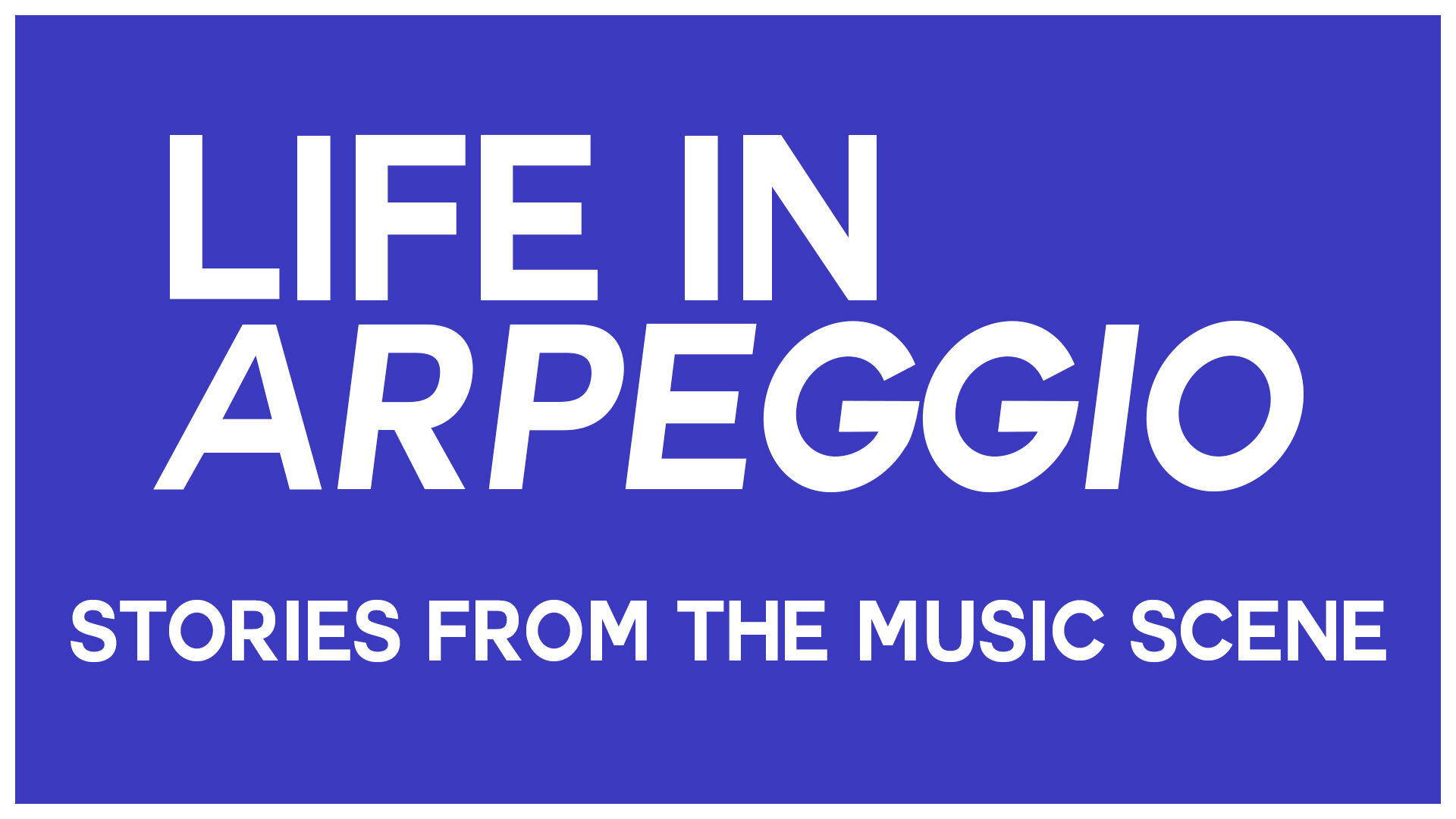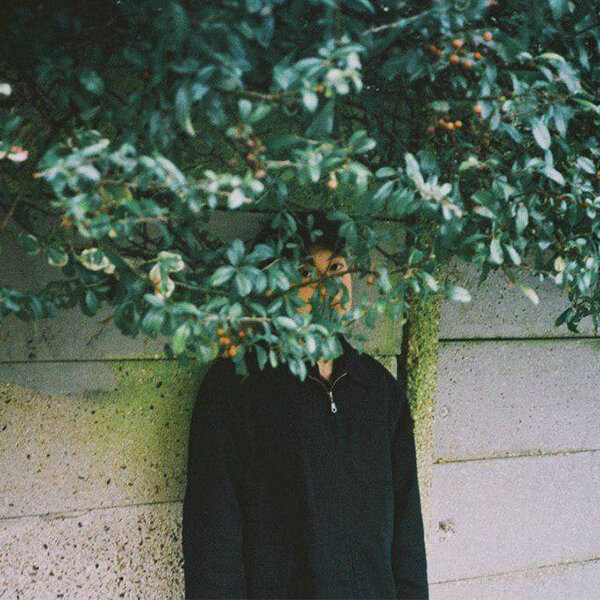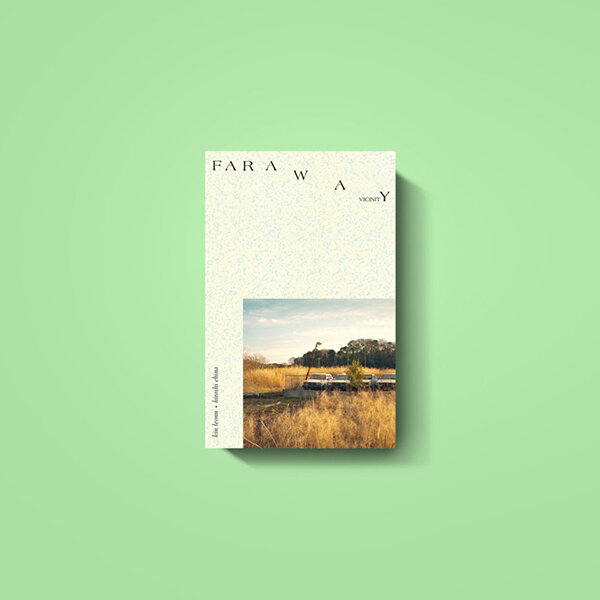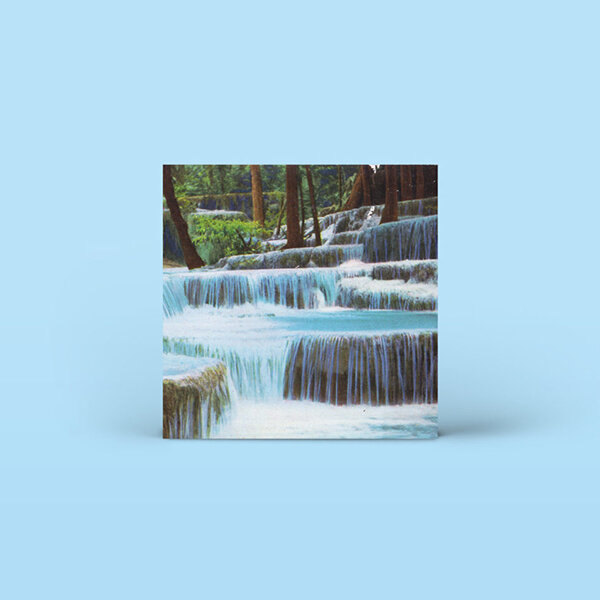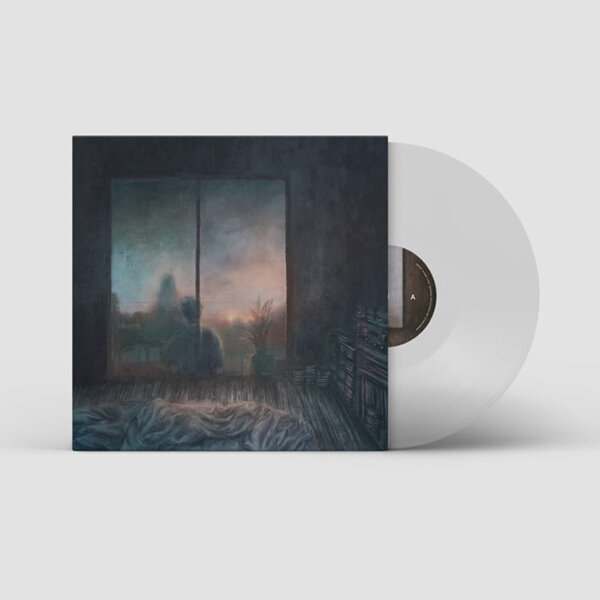The Imaginarium Of Kin Leonn: Into The Ambience Of His Scenic Oeuvre
Wander into the exploratory realm of Kin Leonn (Credit: Angela Aoyama)
Kin Leonn has a vivid imagination. As the primary avenue for his creative flights, music is the funnel that distils his ideas into amalgamations of surreal sounds and textures. He crafts worlds with his symphonies, not unlike the sculptor of a diorama, except his sensitivities rely on interplay between instrumentation, melding the old and the new. His palette encompasses classical elements like the piano where he finds his forte in, along with more modern embellishments from synthesisers, software and sampled field recordings. All these touches create a sublime, meditative state that’s inherent in his works, evoking daydreams you don’t want to wake up from.
Soothing and serene with peaking moments of grandeur, the experimental expeditions of Kin Leonn, which rely dominantly on instrumentals, bring to mind visions of landscapes. Winding through a Japanese garden in “Endless”, chasing a golden sunset in “There Were Days”, or freezing a moment in twilight to catch the chirping crickets in “Human Crossing” – nature is a recurring motif that pervades his compositions, and Kin Leonn uses it to convey narratives that enhance the stillness he meticulously forges. It is these detours from fast-paced reality, that most of us find ourselves trapped in, that attract listeners to his artistry. Every piece is a calculated escape.
With a mentality such as this, it’s no wonder that Kin Leonn fits snugly in the roster of KITCHEN. LABEL, a local entity that represents other experimenters in the spheres of ambient and neo-classical. The label has been the nest for several of Kin Leonn’s releases, promoting his material with spellbinding artworks, emotive synopses and live videos that showcase the multi-dabbler in his element.
Watching Kin Leonn construct a piece live is another enthralling experience in itself. To observe him weaving spontaneous structures through improvisation, loops and seamless transitions is nothing short of performance magic, and he’s demonstrated this masterfully at local venues like The Esplanade and The Projector, as well as venues in London where he is currently based. In the context of Singaporean musicians, there are truly few who can capture and release emotion like he does.
How does one think like Kin Leonn? What feeds an imagination like his? The only way to find out is to ask the man himself. Enter the imaginarium of Kin Leonn.
“The official declaration of lockdown did grant me some impetus to do something ‘new’, or embark on some new project.” (Credit: Christopher Sim)
Hi Kin. You’ve been pretty busy with a couple of releases in the last few months. Would you say the lockdown and isolation has been a fruitful period for you as a composer?
Hello Kevin! I’d say that it’s been... reasonably productive. The thing is, in the months leading up to the lockdown era, I had already been spending like 90% of my time in solitude – perhaps some form of foreboding and unconscious preparation for the times that were to come. The official declaration of lockdown did grant me some impetus to do something ‘new’, or embark on some new project. I suppose that this resulted in Faraway Vicinity, the collaborative EP with Hiroshi Ebina from Tokyo. It’s the first time I’ve reached out for a collaboration like this (and with no real plan or theme in mind either). Looking now at how the EP is characterised by themes of isolation and dystopia, I see that it really was just a genuine expression of the times after all.
It’s definitely an enchanting collaborative release. Can you tell us more about it?
Faraway Vicinity is the putting together of sounds from many different locations; a virtual construction of some strange, dystopian soundscape. There are field recordings from the hills of Ipoh, the coast of Durham, fields in Singapore and Tokyo. There is also the mimicking of futuristic insects through the recording of found objects, custom synths, a modular Eurorack, and playful toy instruments. The EP started off with no real theme or concept in mind, but quickly grew a strong entity of its own, purely through our organic reactions to the parts we were sending each other over the web.
“I can stare at scenes for ages; it doesn’t take much to amaze me, really.” (Credit: Alif Ibrahim)
There are countless ways to describe your music: meditative, cinematic, free-flowing. How do you get into the flow of crafting such compositions?
I don’t know if it’s some special headspace I have to get into, or if it’s just the constant headspace I’m in all the time. Every moment now feels like it needs a soundtrack – possibly a consequence of being plugged into music on my earphones wherever I am. My friends don’t even hide their disgust anymore when I start staring off into the distance like I’m in a movie or something. I guess it also helps that I’m really fascinated by the pure phenomenology/sensation of experience in general – how each moment flows seamlessly into the next as perceived through our concept of time, and how memory works to construct these pieces into something which can be emotionalised. I can stare at scenes for ages; it doesn’t take much to amaze me, really. This probably affects the way I visualise transitions and compositional structure, which eventually feeds into my production.
Fascinating. So would you say you’re a visual person?
I suppose so, though I don’t think I have synaesthesia or anything like that. I do visualise a great deal when it comes to the art of sound design, though. Certain textures and tones have very specific visual associations, usually taking the form of abstract shapes or wriggling energy strings. There is a very real perceived depth, density and motion to them as well, depending on various sonic qualities. It’s fun to use these associations to mix and sound-stage in production.
Amidst the electronic apparatus, the piano is still a key element in Kin Leonn’s performances (Credit: Christopher Sim)
The piano is a recurring protagonist in your works. Were you classically trained? And if so, how has it helped you venture into the world of synthesisers and plug-ins?
I never took classical lessons. But my mother, who played the piano, did impart some basic music theory when I was much younger. She wanted to send me for proper lessons, but my father (who taught me guitar) felt that it would have “killed my creativity”. So I’ve been learning by ear and YouTube ever since, pretty much. You’re right though, the piano has been a marvellous starting point on the path to keyboards, synthesisers, and the eventual deconstruction of all these elements using software. When it comes to harmony and melody, I think in terms of progressions and shapes on the piano.
One can also hear field recordings from nature captured in your tracks. Is nature a conscious theme you hold dear?
Absolutely. There is so much to be said about the natural soundscape of a field, a coast, a forest. It really is music on its own. You can look at a spectrogram of a forest and realise that every animal and insect has an individual sonic signature that has its own specific place on the spectrum; a “biophony” of sorts, comparable to how orchestral instruments each too have their own place on the frequency spectrum. Of course, there is also very strong emotional sentiment in these soundscapes, and the use of field recordings helps to invoke these subconscious attachments in people, whatever they may be. Maybe it’s something primal. Anyway, I would have no qualms releasing an album of field recordings, with minimal production.
“There is so much to be said about the natural soundscape of a field, a coast, a forest. It really is music on its own.” (Credit: Christopher Sim)
Speaking of surroundings, you spent some time living in the UK. Did it leave its mark on the way you approach music?
For sure. I’ve been really getting into generative systems and allowing compositions to be shaped by some element other than my own brain. I was quite into Max for a while, which is a great coding tool to construct new methods of composition and sound design. This is really an interest I picked up because of the strong experimental scene in London, and coming into regular contact with generative art. It’s a little too ‘cheat’ for me though, allowing a composition to be completely written by software. So I’m trying to find a balance between my own compositional influence (which is emotional in nature), and an overarching conceptual influence. This usually manifests in controlled-randomness-type situations.
Your works strike a balance between being dense in tone and emotion while seemingly restrained in the amount of layers used. How do you achieve this balance?
Thank you! There actually are a ton of layers in every song. I like to re-sample whole sections and then plop them right back into the mix, with different EQ and plug-in chains to add different sonic qualities. Some parts use instrument racks with multiple different instrument patches playing the same thing. I also try to ensure that all the layers are harmonically complementary, which adds to the density of sound. After this, it’s just a matter of mixing and sound-staging to ensure that every important element has its own place in the mix. The emotion mostly comes from the choice of chord progression and choosing when to introduce certain elements.
“I’m pretty deliberate about the overall experience I want the audience to have from start to finish.” (Credit: Alif Ibrahim)
The beauty of your music is that there are no limits to how it can be perceived; its instrumental anatomy leaves it open to interpretation. Is that the intention?
Yes! I love that everyone has their own subtle variations, stemming from their individual lives, memories, and affections. I love when people share how certain pieces remind them of specific things, or bring up specific emotions. I actually keep a folder of screenshots – kind messages that people have sent which include descriptions of what kind of memories they had or emotions they felt during my songs. It’s like an ongoing musicological research of sorts, but also an intimate collection of little stories and personal associations.
Is it a very organic, reactive process when you perform your pieces live?
My live sets are pretty structured. A good amount of planning goes into ensuring that each song flows into the next, and that any pause or break can also serve as some thematic shift. I don’t like speaking in between songs, so it’s usually full steam ahead till I take my bow. Of course, it’s still important to me to leave pockets of space for piano improvisation, either internally within structured songs, or as transitional pieces between songs. These are the moments where I can afford to react in an organic fashion. I’ve also recently taken to performing the whole of Debussy’s “Arabesque No. 1” as a transitional piece – it’s like a respite from the rest of the synth-driven set, and also gives me the chance to express myself freely on the keys. Otherwise, I’m pretty deliberate about the overall experience I want the audience to have from start to finish.
Your releases have found their home in KITCHEN. LABEL, which has helped your songs take flight with eloquent write-ups and beautiful packaging. How does it feel to be part of the KITCHEN. LABEL family?
It’s great knowing that I am alongside a roster of artists whom are all so deeply sensitive; so attentive to the charming and delicate environments around them. There is a deep sense that there is so much that connects us, even though I have not personally met many of them. I do work very closely with Ricks (head of KITCHEN. LABEL) on all of my releases, and he’s been nothing short of a great friend as well. Also, through him, I’ve come into contact with some of my heroes like ASUNA and Chihei Hatakeyama (who has ended up mastering some of my stuff).
Do you have a track in your repertoire that means the most to you? Or do you love all your children equally?
Yes, it’s an unreleased track which is on my Soundcloud called “mother’s garden”. I made it last summer when my mother was still alive, and at the end of it, there’s a fade-in of a recording I took of her walking around the house and speaking to me. Now that she’s not around, it’s probably the closest thing in my repertoire to a visceral expression/recounting of personal emotion.
That’s just beautiful. Lastly, do you have more releases lined up in the pipeline?
I’ll be heading back to London in October for my final year of undergrad. Things are pretty uncertain as to whether I’ll be playing any shows, of course, which is why it’s definitely a good time to focus on virtual projects and music releases. Either way, I’m always unofficially working on my next album. As of now, it seems to be shaping up to be one that’s a lot more visceral and heartfelt than my first LP, which was more “exploratory” in nature. Probably a consequence of 2020 being, in general, a pretty damn heavy year so far. So yes, I’ll try to release it before the year is out – my personal acknowledgement of everything this year has been.
(Credit: Alif Ibrahim)
You can listen to the catalogue of Kin Leonn on KITCHEN. LABEL. Follow his Facebook and Instagram pages to stay updated with his activities.
